Slobot About Town XVIII:
 |
 |
Pellagra Strikes Spartanburg!

Spartan Mills was was organized in 1888 by a variety
of Spartanburg businessmen including John Montgomery and W. E. Burnett. |
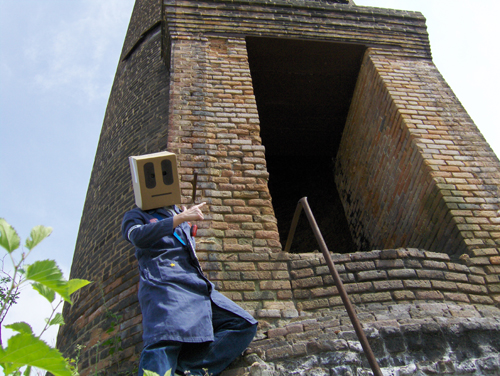
Spartan Mill #1 would begin operation in 1890
and would become the first mill in Spartanburg city limits. |
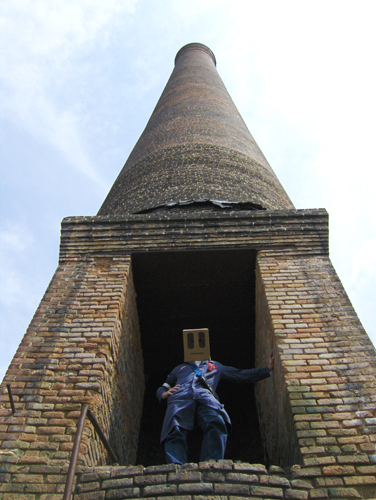
In 1896 a second mill was added and the surrounding
mill village grew accordingly. |
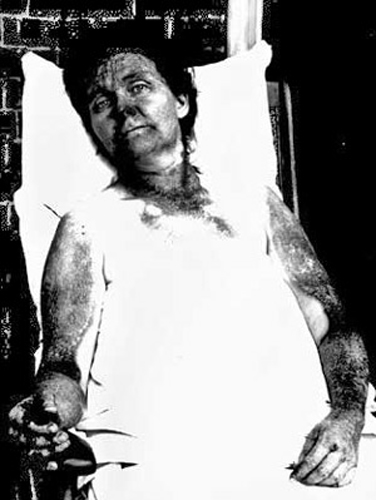
But something was happening in the Spartan Mill village.
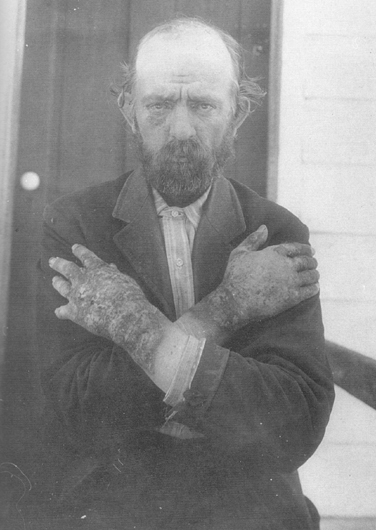
A plague of "Four Ds" - Dermatitis,
Diarrhea, Dementia and Death - was ravaging the people of the village.
By 1912, some 12,000 South Carolinians would succumb to the disease. |
National Institute of Health.
Dr. Goldberger and the War on Pellagra. Bethesda, Maryland.
|
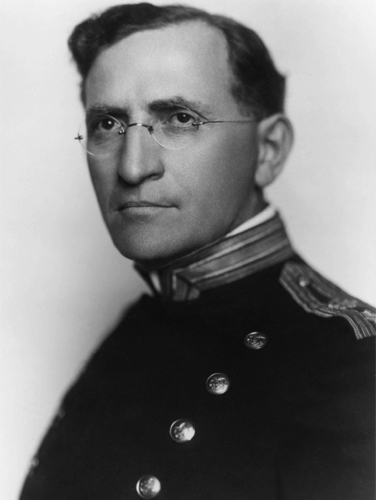
In 1914, Dr. Joseph Goldberger (1874 - 1929) would
be assigned by U. S. Surgeon General Rupert Blue to study the mill
town plague known as pellagra. |
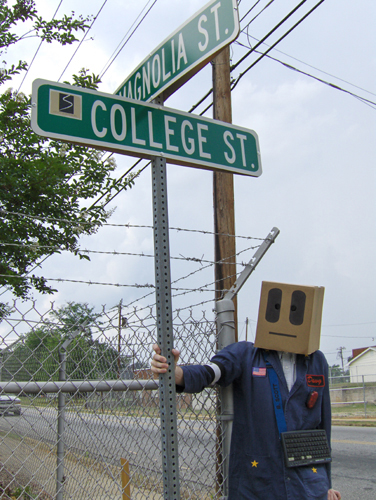
The Good Samaritan Hospital was moved to a new
location at Magnolia and Converse Streets. |
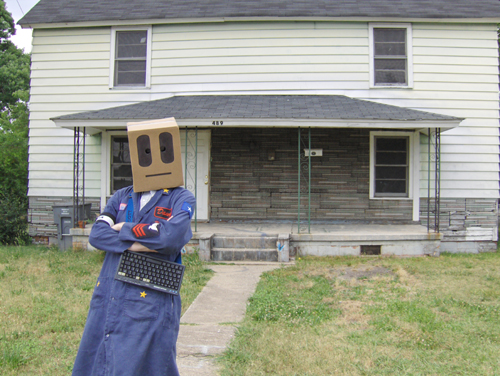
And a new pellagra research center was established
at Forest and College Streets. |
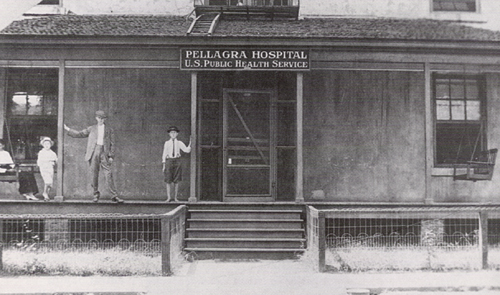
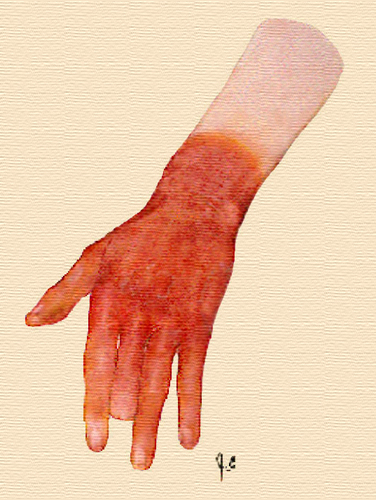
In 1919, John Carroll - who was assigned to Dr.
Joseph Goldberger's pellagra study - completed this illustration is
of an elderly Spartanburg pellagrin's hand. |
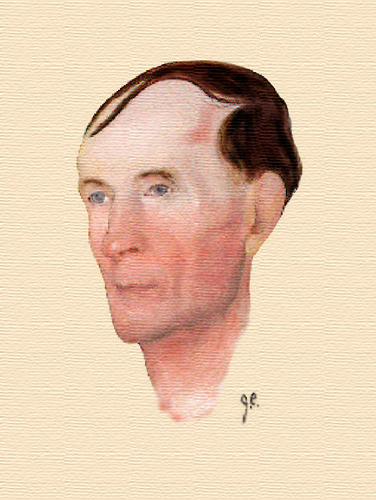
In that same year he also drew this portrait of a Spartanburg pellagrin.
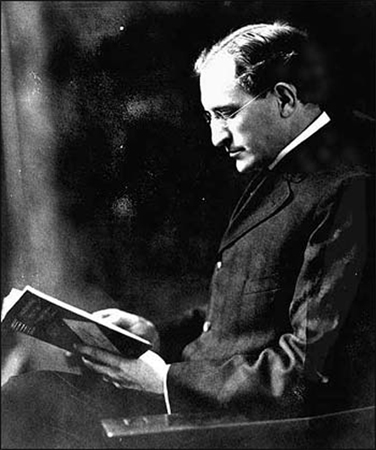
Some thought pellagra was a contagious disease,
but Dr. Goldberger and his assistant Dr. George Wheeler though it
was caused by a monotonous diet of "3 Ms" - Meal (cornmeal),
Molasses (sorghum) and Meat (fatback). Eager to prove that pellagra
was a nutritional deficiency and not a contagious disease, Dr. Goldberger
and his crew of volunteers ingested - and were injected with - blood,
saliva, urine, and feces from pellagrins. |
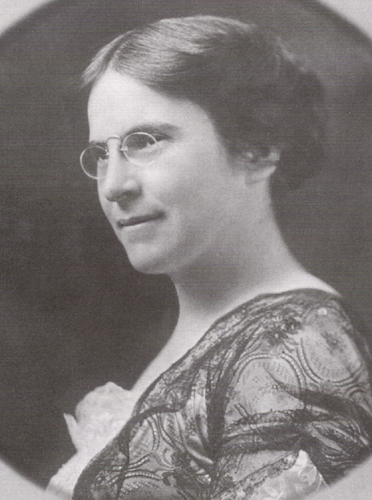
Dr. Goldberger's wife, Mary Goldberger, recalled
that, |
"...in May and June of 1916... Seven separate
groups (twenty men and one woman) swallowed in capsules the most nauseating
diabolical concoctions made up of secretions of blood, feces, and
urine of pellagra patients" and that "On May 7, 1916, I
begged to be one of the volunteers and joined him... at the hospital
in Spartanburg. The men would not consent to my swallowing the pills,
but I was given by hypodermic in the abdomen an injection of the blood
of a woman dying of pellagra. Not one of us ever showed, as a result,
any symptoms of pellagra." |
Goldberger, M. F. Dr. Joseph
Goldberger: His Wife's Recollections. J Am Diet Association.
1956. |
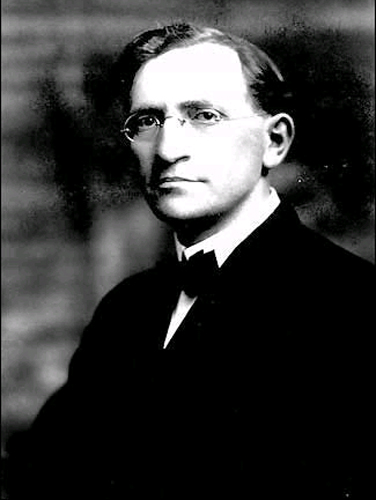
|
After the final experiment in Spartanburg on June
25, 1916 Dr. Goldberger wrote, |
|
"...we had our final filth party, and if anyone can get
pellagra that way we should have it good and hard" (Parsons,
312). |
|
Parsons, R.P. Trail to Light: A Biography of Joseph Goldberger. Indianapolis, Indiana: Bobbs-Merrill, 1943. |
